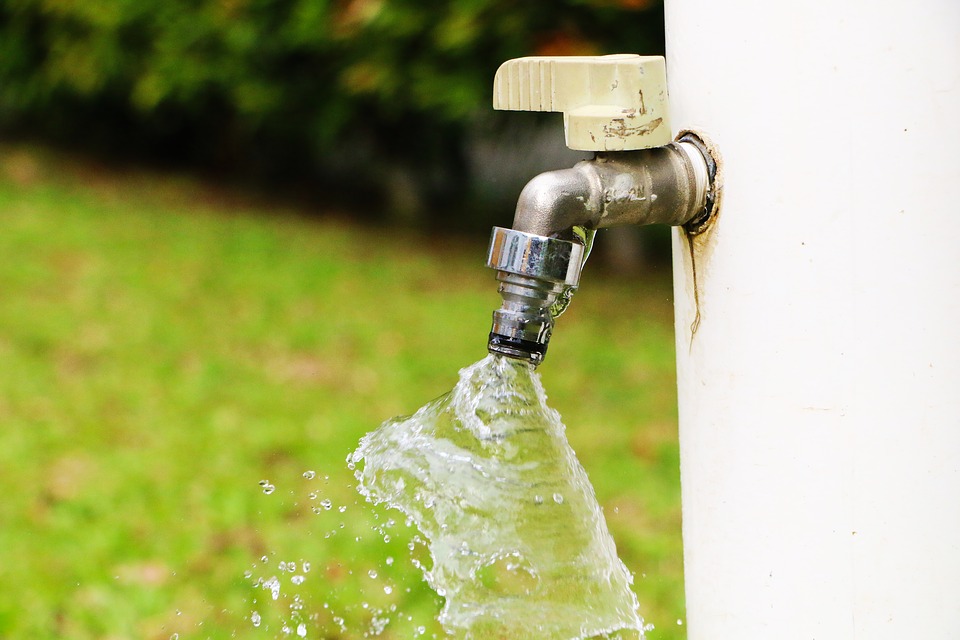Water Purification and Management in Small Towns .Water is as we all know is essential for multiple human activities. As time has gone by, the number of activities has increased but the amount of water has steadily reduced. Only a small portion of the earth s water is freshwater that can be used by humans. It s not just the amount that has reduced; the quality of water too has fallen to abysmally low and unhealthy levels in the last few decades.
By 2020, it is predicted that wars will fought for clean water, not oil, diamonds or gold. This situation really needn’t arise if we can use technology correctly to manage and optimize existing supplies.
Clean water is a major issue especially in small towns, where due to heavy industrialization or other developmental activity the water sources have become highly contaminated. The contamination is with a variety of pollutants, organic and chemical – acid drainage, agricultural runoff, sewage etc.
Many of these pollutants are sometimes unavoidable by-products of growth and development. Eighty percent of infectious diseases are waterborne. This explains why often diseases spread like wildfire through smaller towns, leaving many residents especially children sick and quite often even seriously hospitalized.
Thus, it is clear that a good water purification and management system
is must for the prosperity and well being of any place. The problem lies in choosing and implementing the right system, with the right capabilities, that is holistic and one that comes at the right price. Because you don t just want a solution, you want an effective solution.
The problem with conventional methods and strategies is that they often focus on electro – mechanical solutions that require high capital investment and have high maintenance costs. Their purification is often not holistic leaving some amount of impurities in the purified product.
Another major drawback is that these conventional systems have a shorter life span compared to many of the new and alternative naturally-based technologies and methods of purification. Another great advantage new alternative methods have over their conventional counterparts is that they exert lesser pressure on the environment.
Consider for example, a line of products that can provide self sustaining clean water systems that can work effectively in the any area. With technology that is solar powered and requires no power source. This not only makes it environment friendly but also allows it to work in remote areas with little or no infrastructure.
Armed with just a freshwater source it can produce up to 6,500 gallons of pure potable water free from bacteria, virus, cysts, pathogens and chemicals like lead, mercury and arsenic.













